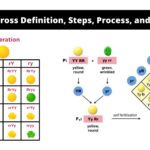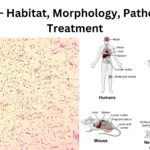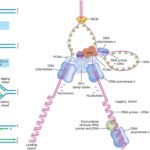IGCSE Biology 71 Views 1 Answers
Sourav PanLv 9November 14, 2024
Investigate and describe the effects of physical activity on the rate and depth of breathing
Investigate and describe the effects of physical activity on the rate and depth of breathingInvestigate and describe the effects of physical activity on the rate and depth of breathing%MCEPASTEBIN%
Please login to save the post
0
Please login to submit an answer.
Sourav PanLv 9May 15, 2025
Physical activity has a significant impact on the rate and depth of breathing, primarily due to the increased demand for oxygen and the need to expel carbon dioxide produced during exercise. Here’s a detailed description of these effects:
1. Increase in Breathing Rate
- Frequency: During physical activity, the breathing rate increases substantially. For instance, while a resting adult may have a breathing rate of about 12 to 20 breaths per minute, this can rise to 40 to 50 breaths per minute during intense exercise.
- Mechanism: This increase is primarily driven by the body’s need for more oxygen to fuel muscle activity and to remove the excess carbon dioxide produced as a byproduct of metabolism. As muscles work harder, they consume more oxygen and generate more carbon dioxide, which stimulates chemoreceptors in the brain that signal an increase in breathing rate.
2. Increase in Depth of Breathing
- Tidal Volume: Along with an increased frequency of breaths, the depth of each breath (tidal volume) also increases. This means that more air is inhaled and exhaled with each breath, enhancing overall ventilation.
- Impact on Gas Exchange: The combination of increased breathing rate and depth results in greater pulmonary ventilation (the total amount of air moved in and out of the lungs per minute), which improves gas exchange efficiency. More oxygen enters the lungs, and more carbon dioxide is expelled.
3. Recovery Phase
- Post-Exercise Breathing: After physical activity, the breathing rate remains elevated for a period as the body works to repay the “oxygen debt” incurred during exercise. This involves metabolizing lactic acid produced during anaerobic respiration. The duration for breathing rates to return to normal can vary based on fitness levels and the intensity of exercise performed.
4. Summary of Effects
- Increased Demand: Physical activity raises both the frequency and depth of breathing due to heightened metabolic demands.
- Physiological Responses: The respiratory system responds quickly through neural mechanisms that adjust breathing patterns based on carbon dioxide levels and oxygen needs.
- Enhanced Recovery: Elevated breathing post-exercise aids in clearing metabolic byproducts and restoring homeostasis.
0
0 likes
- Share on Facebook
- Share on Twitter
- Share on LinkedIn
0 found this helpful out of 0 votes
Helpful: 0%
Helpful: 0%
Was this page helpful?




